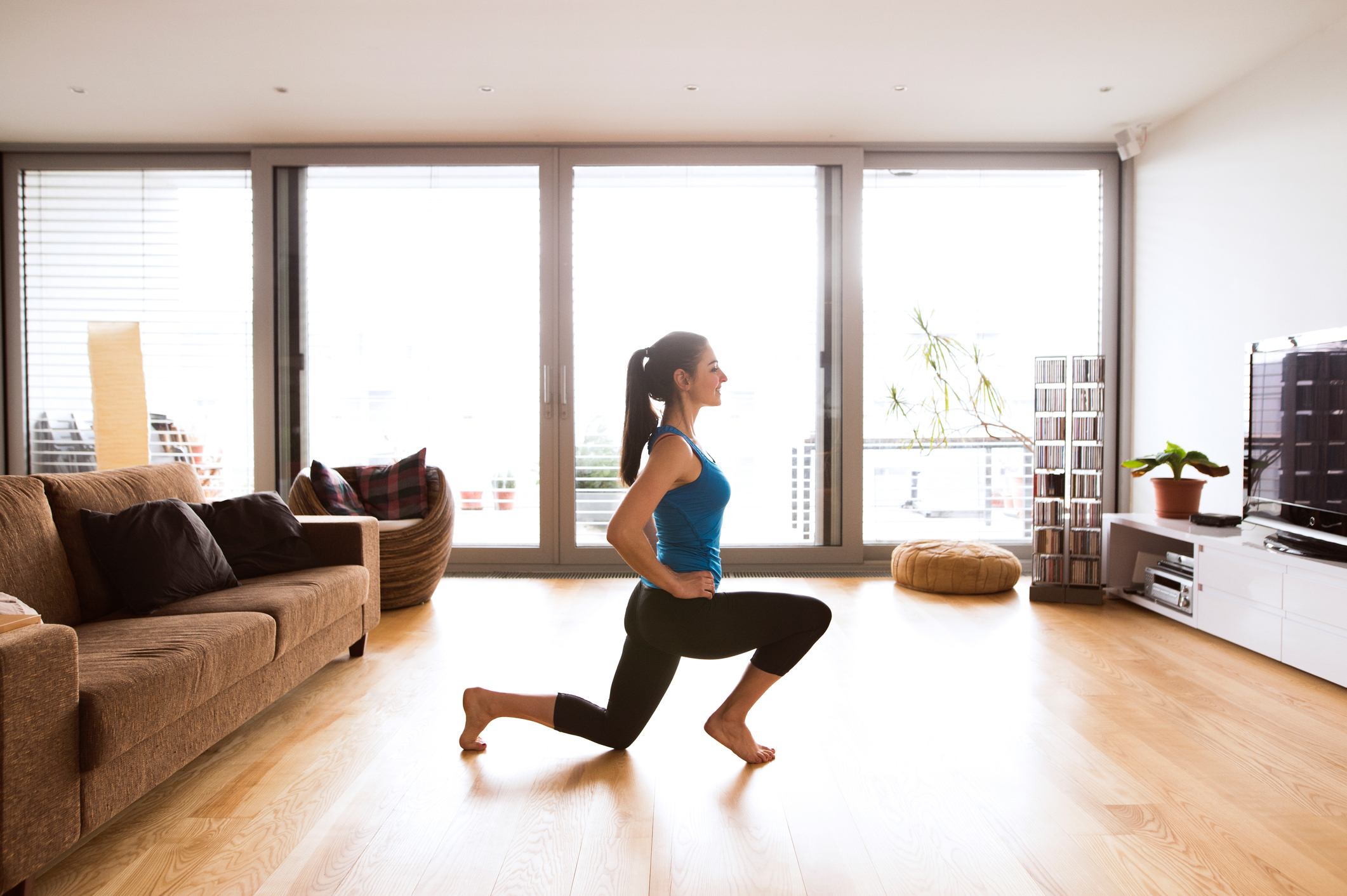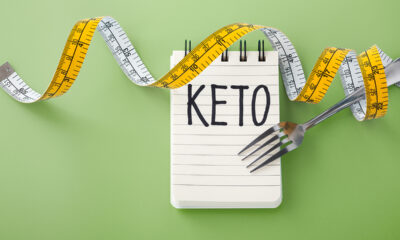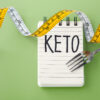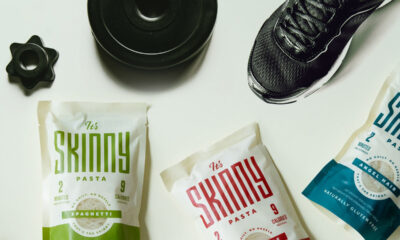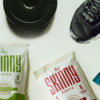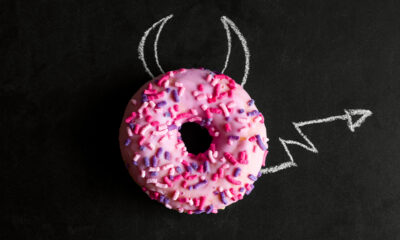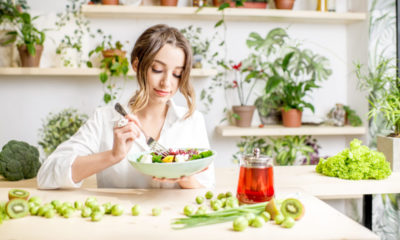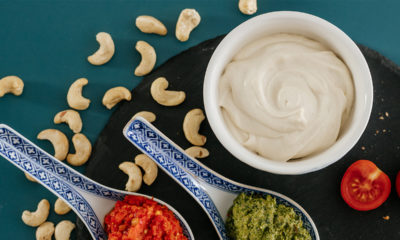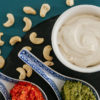Health
How to Detox Your Home for Hormonal Balance
In today’s world, we are seeing increasingly high rates of infertility, early onset puberty in pre-teens, low sperm count in men and a rise of breast, prostate and ovarian cancers. Some researchers believe the problem lies in our environment…
It’s no secret that industrial compounds, pesticides, household cleaners and even beauty products that mimic estrogens are leaking into our food and water supplies. Studies conducted have alluded to the fact that these xenoestrogens may be dramatically disrupting human and animal reproductive systems.
A representative at the laboratory of reproductive and developmental toxicology at the National Institute of Environmental Health Sciences (NIEHS) once announced: “What we know is that there are many chemicals, including some in the environment, that can work like female sex hormones. Some are weak estrogens, and others are strong.” There are over 70,000 registered chemicals that have hormonal effects and significant repercussions on reproductive health and health in general.
But why is this a problem, you ask? An overproduction of estrogen in the body can cause symptoms such as:
- Bloating
- Tender breasts
- Decreased libido
- Irregular periods
- Irritability
- Anxiety
- Weight gain
- Hair loss
- Acne
- PCOS
- Anxiety
- Insomnia
What Can You Do?
One way to cut down on exposure to excess estrogens is to switch out household cleaners to more natural options. Chlorine, bisphenol-A (BPA), plastic, styrofoam, phthalates, air fresheners, dryer sheets, and so much more are among the list of xenoestrogens.
Take a look at the ingredient lists on some of the household products at home and consider switching to more organic options, or even better, making your own!
Essentials Oils
Young Living and Doterra are two of the largest essential oil companies. Each company has its own line of cleaning products. Young Living has its Thieves brand, and Doterra has its OnGuard line. A bottle of concentrated all-purpose OnGuard cleaner is $14 and last about 6-8 bottles!
Many oils have cleaning properties such as:
- Antiviral – effective against viruses
- Antimicrobial – effective against microorganisms by inhibiting their growth
- Antibacterial – effective against bacteria
- Antifungal – destroying fungi and reducing their growth
Some common essential oils and their properties are below:
- Cedarwood – antibacterial, antiseptic, antifungal,
- Cinnamon – antibacterial, antifungal, and antiviral
- Eucalyptus – antibacterial, antiseptic, antiviral
- Grapefruit – antiseptic, disinfectant
- Lemon – antimicrobial, antiseptic, degreaser,
- Tea tree – antimicrobial, antiseptic, antiviral
- Sweet orange – antiseptic, degreaser
You can also try some of the recipes below to make your own household cleaners! Simply combine all ingredients into a glass spray bottle, shake, and you’re good to go!
Glass Cleaner:
1 cup water
1 cup white vinegar
15 drops Lemon essential oil
All Purpose Spray:
2 cups water
6 tbsp castile soap
15 drops Lavender essential oil
15 drops Lemon essential oil
7 drop Tea Tree essential oi l
Refreshing Room Spray:
6 drops Lavender essential oil
6 drops Lemon essential oil
3 drops Peppermint essential oil
Linen Spray:
2 tbsp witch hazel
20 drop Lavender essential oil
5 tbsp water
Fruit and Vegetable Wash:
5 drops Grapefruit essential oil
5 drops Lemon essential oil
2/3 cup distilled water
¼ cup apple cider vinegar
By Kristen Simmons


